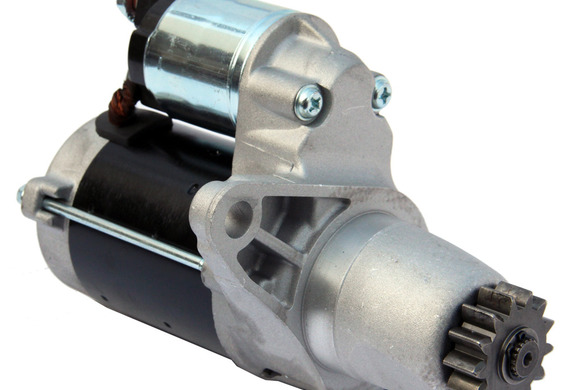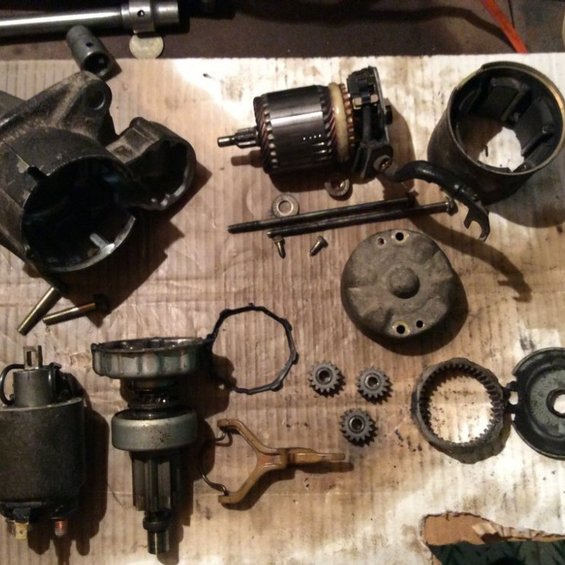
The characteristic "buzzing" of the starter, after which the engine is launched, is familiar to every car owner. But it happens that instead of the usual buzzing, one click or a few, but the engine does not start. The reason the starter clicks, but not cool, can be a lot.
The first thing to do is to identify the symptoms of the malfunction and then deal with the causes. If the engine does not start after turning the key, one click or several may be heard.
The starter clicks (several clicks in a row), but does not cool
In this case, the retractor retractor pulls the relays into the relays, but due to a lack of stress, the retainer is unable to keep it. This cycle is repeated many times as long as the key is turned in the ignition, so you can hear repeated clicks. The reason may be more than one:
- There is not enough battery power. This is probably the most common cause, so you should start checking for faults.
- The problem is "mass" on the body.
- Bad contact at the ACB terminals.
- The problem with the wind-wrapped, which is not good enough to fix the heart.
Starter doesn't spin, you hear a single click.
- The contacts in the starter relays were burned.
- The problem is "mass" on the body.
- Traction relays are not well established on the starter.
If there is no external examination of the results and no fault has been identified, the problem is in the starter itself. The starter must be removed to determine it.

The reason is that the starter does not spin, and there is one click, maybe: the power wire from the starter motor to the starter motor wheel, the excessive wear of the starter's crusher, the crust of the starter, jammed because of the ageing of the starter, the closing of the winding anchors of the starter, the curling or the breaking of a fork in the starter's bendix of the starter, and the wear and tear of the bricks of the bendics, which is why they can't enter the cordon.
- the retired power wire from the starter motor to the starter's towing relay,
- Excessive wear in the starter cheeks,
- Starter's anchor, jammed because of the age of the starter,
- closing the winding of the starter's anchor
- closure or tripping in one of the engine's mings,
- the strain or fracture of the fork in the starter's bendix,
- the wear and tear of the bricks, which makes them unable to enter the cordon.
When the starter is removed and disassembled, it is necessary not only to identify the cause of the malfunction, but also to clean all the elements of the motor. Dirt, dust, particles of grease-in the future-they can cause new problems.







